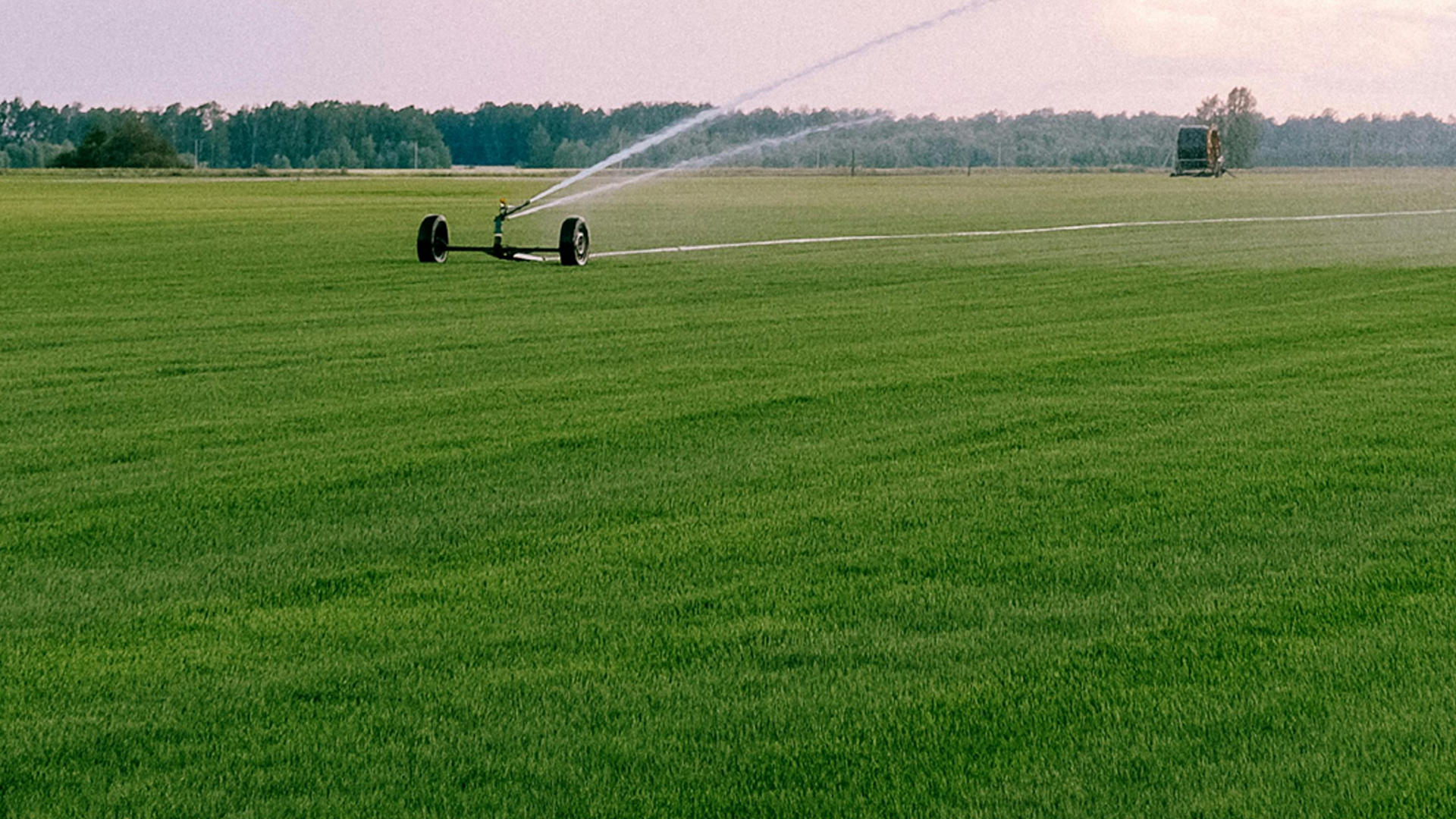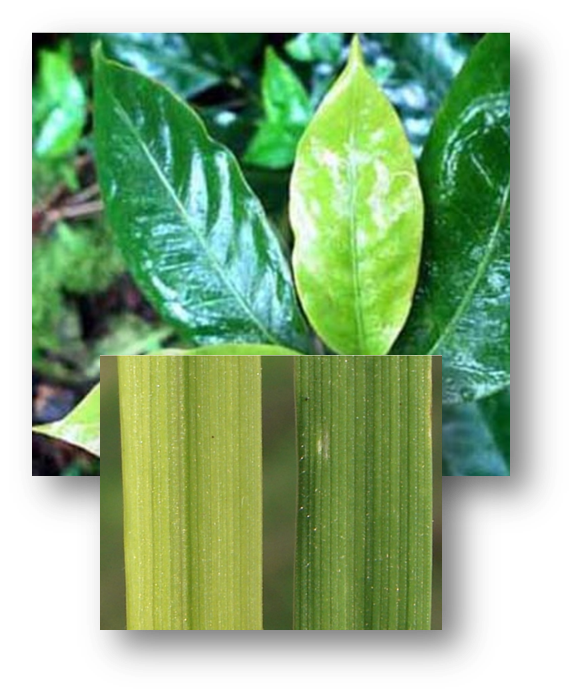
KNOW MORE

Sulfur (S) is a part of every living cell and is important to the formation of proteins.
Unlike the other secondary nutrients like calcium and magnesium (which plants take up as cations), S is absorbed primarily as the SO₄²⁻ anion. It can also enter plant leaves from the air as dioxide (SO₂) gas. Sulfur is present in several organic compounds that give the characteristic odors to garlic, mustard and onion. Sulfur appears in every living cell and is required for synthesis of certain amino acids (cysteine and methionine) and proteins. Sulfur is also important in photosynthesis and for winter crop hardiness. Although S isn't a constituent of chlorophyll, it's still vital in chlorophyll formation. Sulfur aids in seed production. Leguminous plants need S for efficient nitrogen fixation. Symptoms of deficiency can vary across crop species, but similarities exist for how nutrient insufficiency impacts plant tissue color and appearance. Nutrient deficiencies are commonly associated with the physical location on the plant (i.e., whether the symptoms are primarily observed on older versus newly formed plant tissue), but these symptoms can spread as the severity of the deficiency progresses. SULFUR
Sulfur Supply
Characteristic Odors
Amino Acids & Proteins
Photosynthesis
Chlorophyll Formation
Seed Production
Nitrogen Fixation
Sulfur deficiency symptoms
PLANTAUX
MICRO-NUTRIENT

PLANTAUX
MACRONUTRIENT

PLANTAUX
SECONDARY NUTRIENT

PLANTAUX
BIO-FERTILIZERS / BIO-CONTROL AGENTS
Always read and follow label directions. . Results may vary depending on soil, climate or other conditions.
© 2024.All rights reserved. PLANTAUX.




























